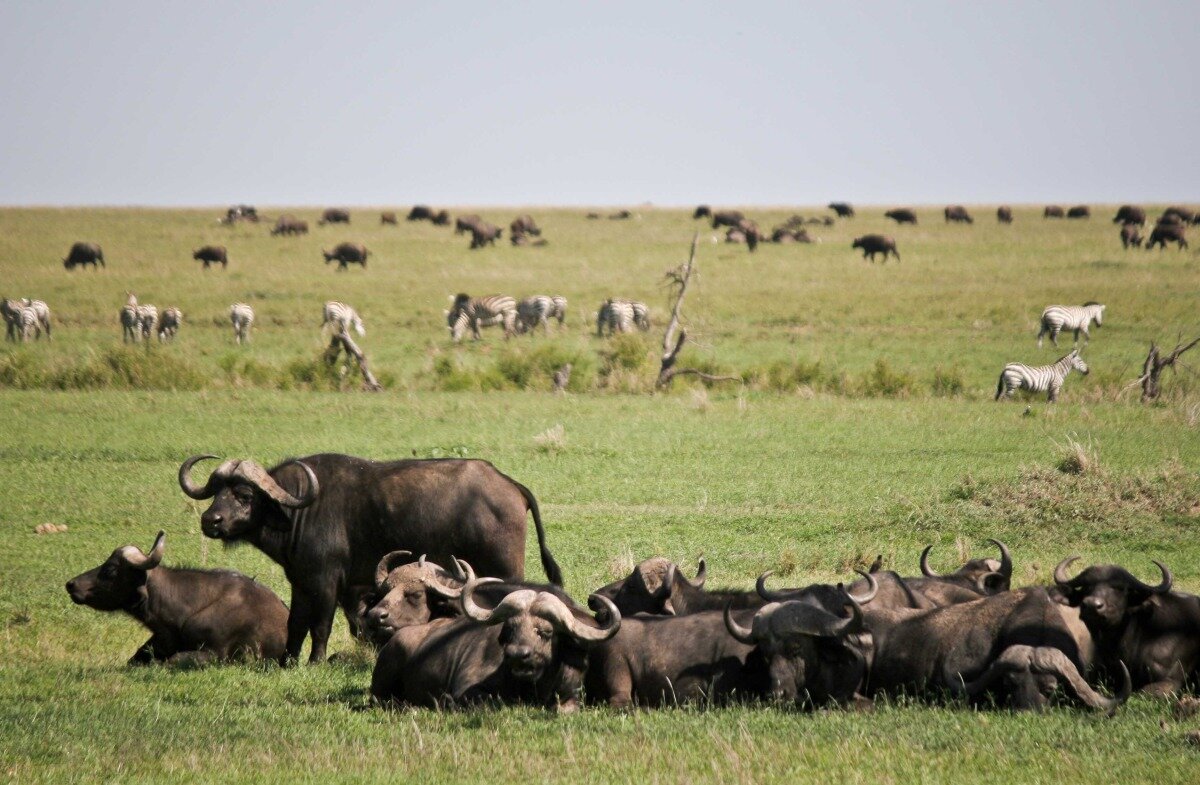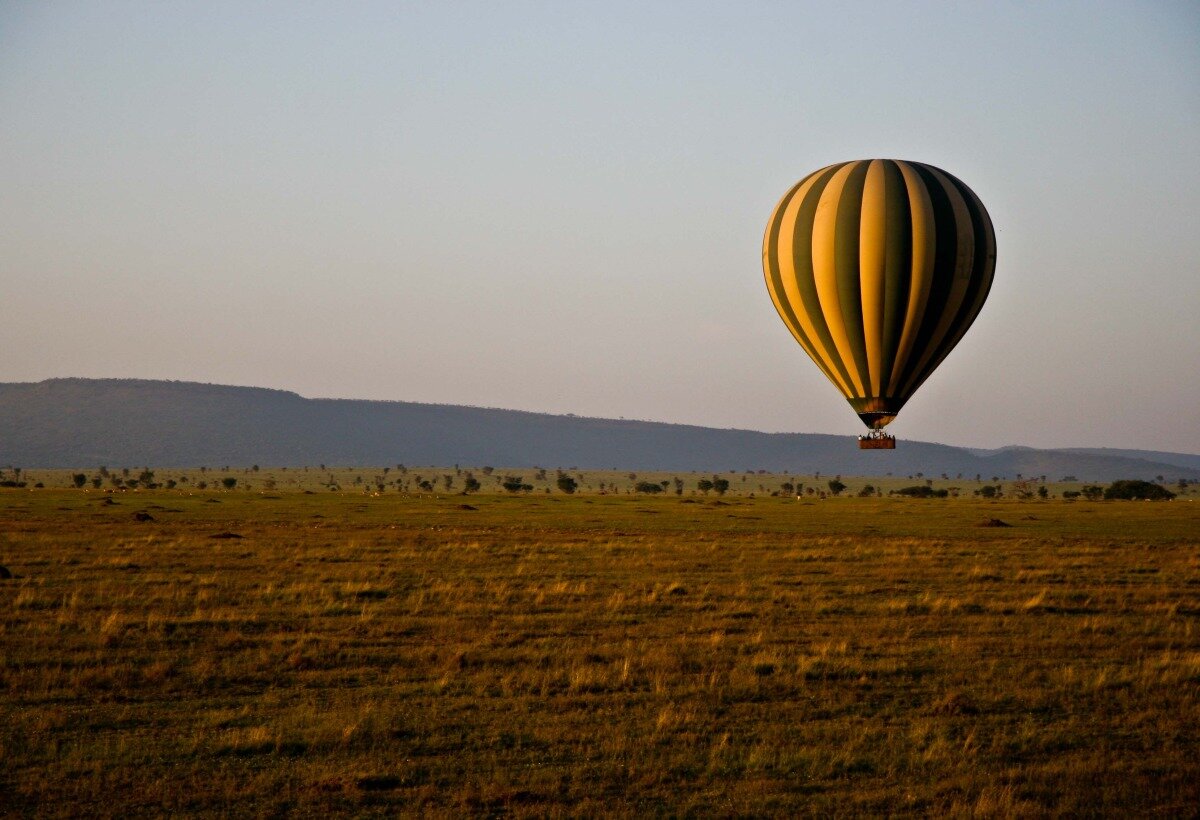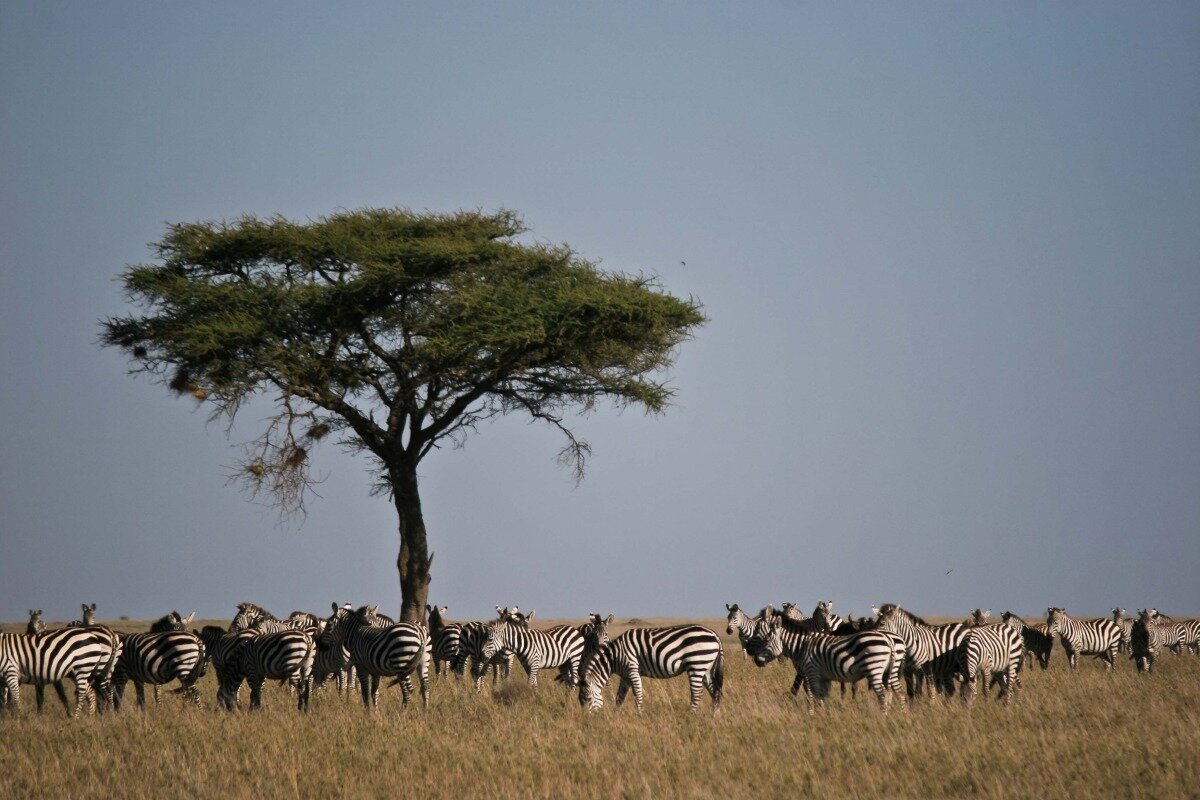The Great Migration: Epic Road's Recs
The great migration is one of Earth’s most thrilling spectacles—and one of Africa’s most consistent draws. Every year, millions of zebra, Thomson’s gazelles, giraffe, and wildebeest move northwards across Africa from Tanzania’s Serengeti Plains to the Maasai Mara in Kenya in search of food and water. As the grazers move, so do the predators, in anticipation of the massive herds of prey. In fact, it’s the greatest migration of mammals on the planet. The arduous journey covers 18000 miles in a clockwise circle, and every year, many animals don’t finish it.
Whether you’re watching it from an open vehicle, on foot, or in a hot air balloon (yes, really) the great migration is a seriously spectacular sight. Stand witness to the natural majesty of lions, elephants, zebras, giraffes, hippos, cheetahs, leopards, wildebeest and more as the move across the African plain, interacting at close quarters. Watch crocodiles as they hunt their prey in the Grumeti and Mara Rivers. Watch lions stalking antelope. Watch massive herds of wildebeest and zebra graze peacefully together on the flat, green plains.
The great migration in its totality lasts the whole year, meaning that there’s a wide variety of places and times to view the action. Here’s a rundown of some of our favorites, by season.
January, February, March: Ndutu (southern Serengeti)
In the southern Serengeti, the herds birth their calves—almost all are born during a three-week period. When the herds and the newborns are strong enough they restart the migration north. Wildebeest babies are born to run, and can run alongside their mothers almost immediately after birth.
ER recommended lodges: Kusini Tented Camp, Olakira Ndutu
April, May: Seronera (central Serengeti)
In late spring, the herds move north into the Central Serengeti for rainy season. Seronera, in the Serengeti National Park, can be a taxing place to watch the migration, due to a high volume of tourists and restrictions for off-road safaris, but with the rainy season, it’s off peak with many camps closed. So in summary not our favorite time but it can have its own charm if the camps are open.
ER Recommended Lodges: Dunia, Serengeti Under Canvas, Four Seasons Serengeti
June, July: Grumeti River (western Serengeti)
The Grumeti River, in the northwest Serengeti, is the first major obstacle facing the herds. While attempting to cross the river, herds are exposed to hunting crocodiles, hoping to take advantage of distressed zebra and wildebeest.
The Grumeti River crossing is one of our favorite moments and places to see the migration, because of the stunning natural beauty of the region and the high quality of its luxury lodges.
ER Recommended Lodges: Faru Faru, Sabora Tented Camp, Singita Explore
August, September, October: Lamai Wedge, Mara River and Maasai Mara
As fall arrives, the herds move northeast towards the Mara River and eventually into the Maasai Mara. The rolling hills and endless plains of the region make for a beautiful, unforgettable backdrop to the migration. It's a picturesque, remote and unspoiled part of the Serengeti. The Mara River too, is filled with chomping crocs.
ER Recommended Lodges: Sayari Mara Camp, Lamai Serengeti, Singita Mara River Camp, Serengeti Bushtops, Governors Camp
November, December: Lobo and Seronera
The herds move south in winter, crossing back into the Serengeti National Park to birth their young and begin the cycle anew.
ER Recommended Lodges: &Beyond Klein's Camp and Serengeti Under Canvas











